10 Fun Facts About LEDs
LEDs are a wonderfully complex topic that many of us don’t fully understand. In this article, we will be covering 10 fun facts about the mini LEDs we all love to broaden our understanding of the little lights that brighten our projects and our lives.
- LED Energy Efficiency: We’ll be kicking off our first fun fact about small LED lights by learning more about their energy efficiency. LEDs use up to 85% less energy than traditional incandescent bulbs because of their design. They use a different kind of energy than incandescent lights that generates almost no heat, making them the more energy-efficient choice.
-
LEDs use Electrical Energy instead of Heat Energy: LED bulbs use a specially constructed semiconductor to generate light. In this semiconductor, the varying electrical current causes electrons to jump from one orbital to the next orbital of the atom they are on, producing a photon of light. Micro LEDs use these photons of light to illuminate. This is a use of electrical energy.
In contrast, incandescent light bulbs work by passing an electrical current through a thin metal filament, causing the filament to heat up and glow hot, thus producing light. Unfortunately, this method of producing light wastes a lot of energy as heat energy, thus making incandescent lighting less efficient. - LEDs were invented in 1962 by Nicholas Holonyak: The history of small LED lights is a bit of a complicated one. The first mini LED light was actually created in 1927 by a Russian inventor. Early LEDs had no practical application because they produced unreliable shades of light, or infrared light, light that can not be seen on the visible light spectrum. The first micro LED with practical application was not invented until 1962 by Nicholas Holonyak. This micro LED was a red LED which is the first color in the visible light spectrum. To learn more about the complex history of bright LED lights, visit this article (hyperlink of LED history article) on the history of hobby LED lights.
- Wavelengths of Light Determines the Color of LEDs: Mini LED lights are classified by three main wavelengths of light, ultraviolet, infrared and visible light. At Evan Designs, we specialize in battery-powered LED lighting kits with light wavelengths in the visible light spectrum. The visible light spectrum consists of colors, or electromagnetic radiation, that can be seen by the human eye. It ranges from 700 nanometers starting with red LED lights, and it ends at 400 nanometers with purple LEDs. The wavelengths we perceive as red light are longer, and then they increase in frequency as we approach purple, which has much shorter wavelengths.
- There are 5 billion LED lights on the Eiffel Tower: Besides their use in hobby products, bright LED lights are used for thousands of different applications around the world. While Evan Designs did not supply the 5 billion mini LED lights that light up the Eiffel Tower every night, it is an incredible lighting fact.
- LED Lifespan, these mini lights can last over 25,000 hours: Unlike incandescent lights, hobby LED lights have an incredibly long lifespan. In fact LED battery lights can last up to 25 times longer than a traditional incandescent bulb. 25,000 hours of use translates into three years of continuous use, 24 hours a day. At Evan Designs, we guarantee all of our LEDs for 2 years of use, but with proper care, and non-continual use your battery-powered LED lights could last up to 10 years or more.
- LED stands for Light Emitting Diode: LED is an abbreviation for light-emitting diode, but what does that mean? As we learned earlier, battery-powered LED lights are semiconductors that produce light when electrical current is passed through them. A diode is a specific type of semiconducting device that allows electrical current to flow through it in only one direction. Semiconductor simply means “a somewhat conductor”. This means a semiconductor has an electrical conduction value falling in between an insulator and a conductor. A conductor is something that lets electricity easily pass and an insulator does not let energy pass through it.
- LEDs light is measured in Lumens, Incandescent lights are measured in Watts: Lumens are a way of quantifying the light output produced by the brightest LED lights. Lumens or lm is a measurement of the light output perceived by the human eye. The more lumens, the brighter a mini LED lamp will be. Traditional incandescent lights are measured in Watts. Watts on the other hand is a measurement of the amount of energy used in light. In incandescent lights the more energy you give a light the brighter it will be. This however is not true for our energy-efficient micro LEDs, thus a new measurement was needed to denote their brightness, the Lumen.
- Different colored LEDs are made of Different Materials: Depending on the color of the hobby LED light, the material used to make the semiconductor varies. In Evan Designs blue and green LEDs, Indium gallium nitride (InGaN) is used in the semiconductor. In the red, yellow, and orange LEDs we offer, Aluminum gallium indium phosphide (AlGaInP) is used. Gallium Nitride (GaN) use in semiconductors was an important discovery that allowed for the creation of many different LED colors.
- Blue LEDs can help keep food fresh: LED light is more antibacterial and antimicrobial than incandescent light, however, blue tiny LED lights, in particular, are especially beneficial in preserving food. Scientists found that the light from blue mini LEDs has a strong antibacterial effect on a large number of foodborne pathogens, and they are used to preserve meat and cut fruits and vegetables. This phenomenon is due to light-sensitive compounds in bacterial cells. These compounds are particularly sensitive to the wavelengths of blue light and exposure can result in the death of the bacterial cells.
We hope you enjoyed learning more about the micro LED lights in Evan Design’s hobby lighting kits. Feel free to comment with your own interesting facts about LEDs and be sure to check out our other articles on the How's and Why's of LEDs.
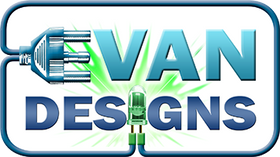
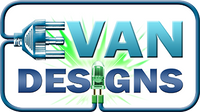
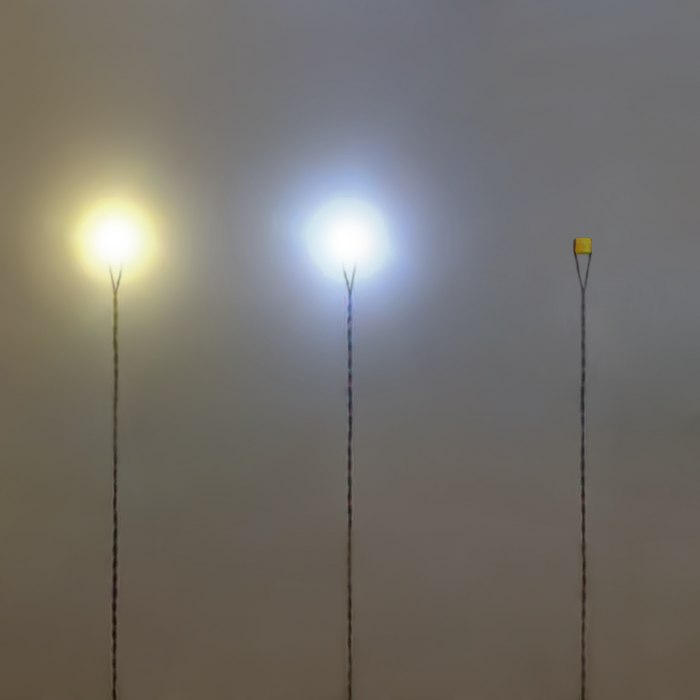
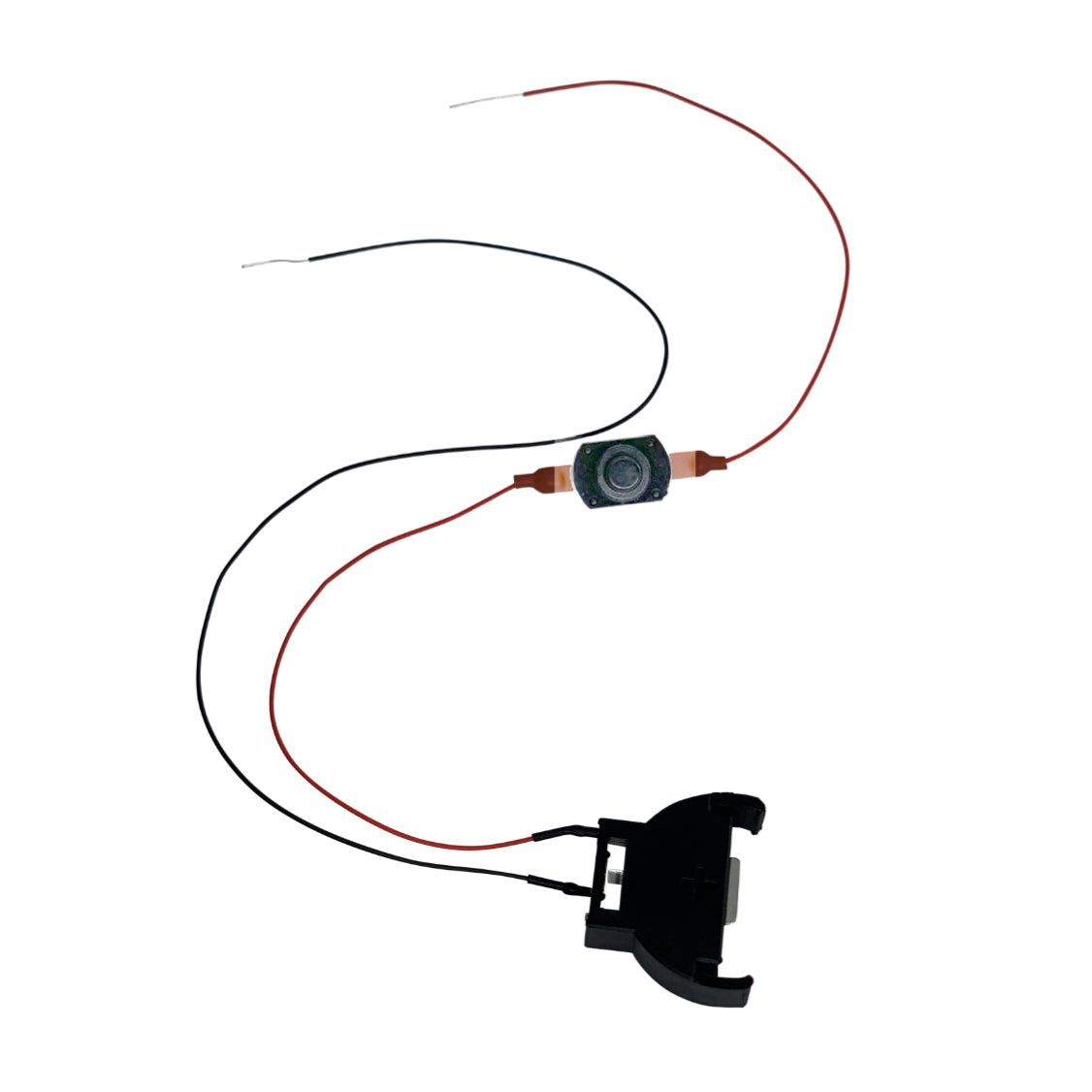
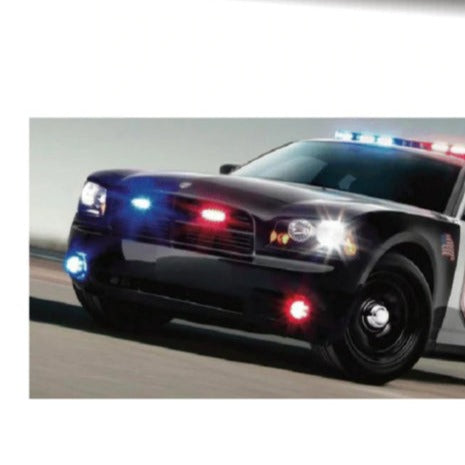
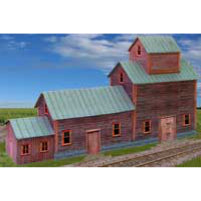

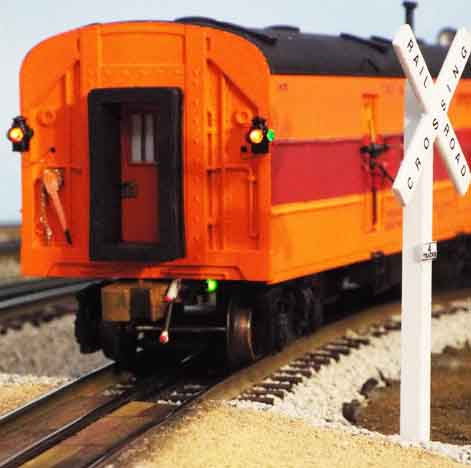
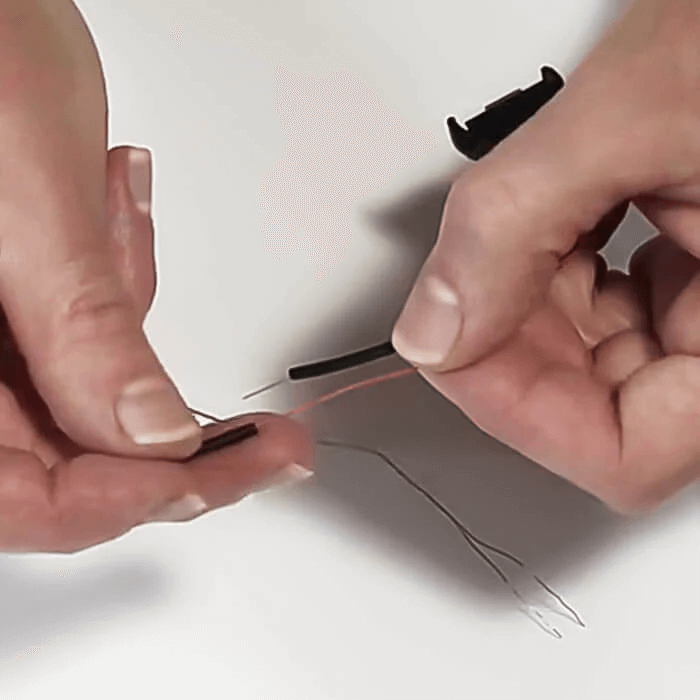

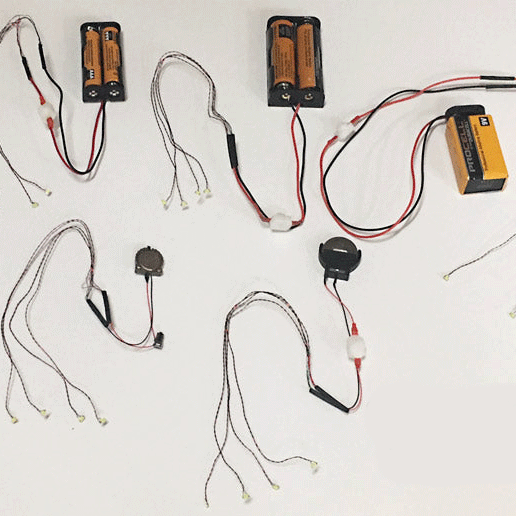
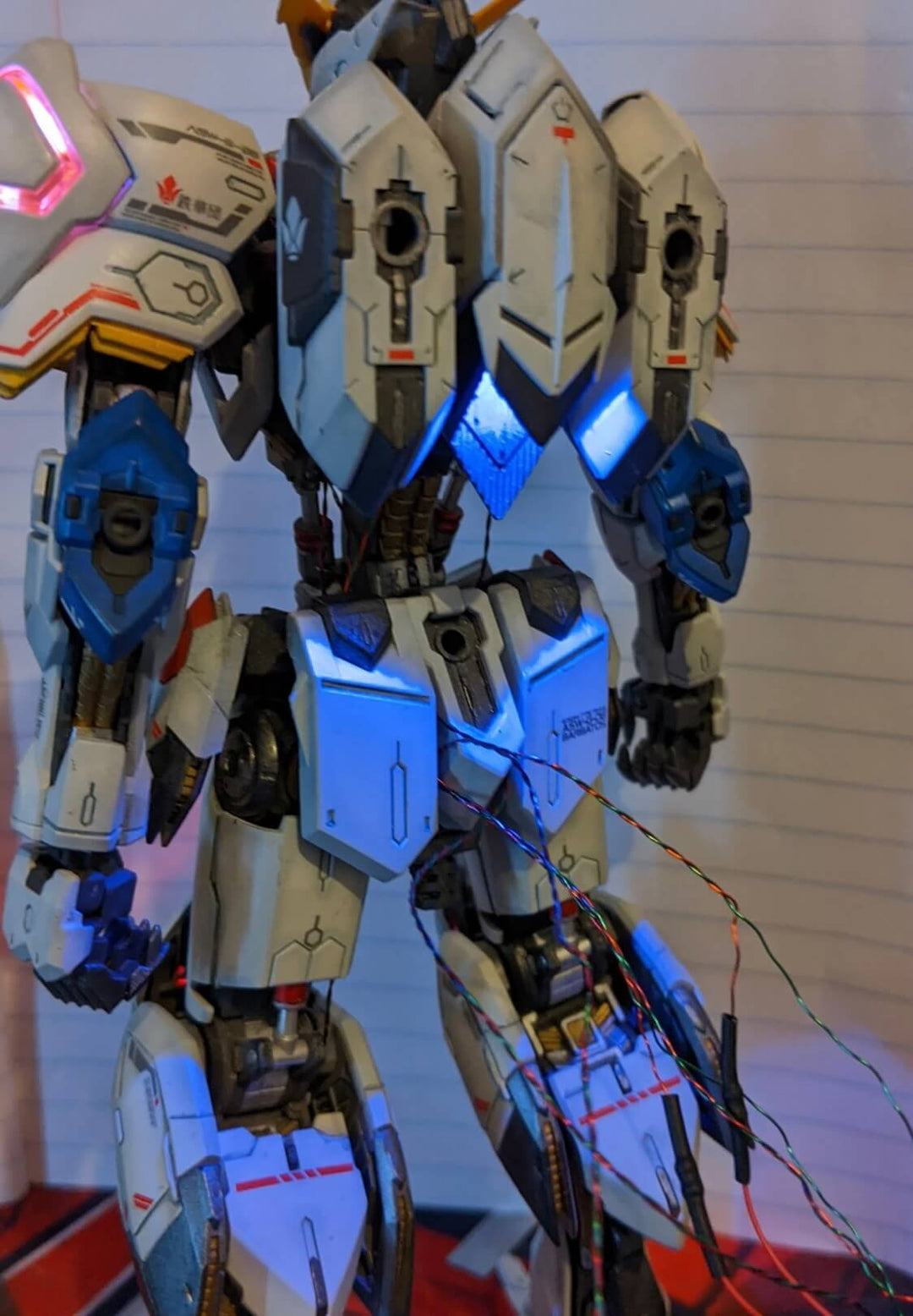
Thank you soooo much for all your help and advice! You are hands down the BEST company I’ve ever dealt with and will continue to deal with.
Being new at this, your guidance was invaluable.
Leave a comment